 image by Greg Rakozy on Unsplash
image by Greg Rakozy on Unsplash “the way you look at things is the most powerful force in shaping your life.”
I want to talk about three ways of looking at things suggested by our readings today – the microscopic that allows us to appreciate our own smallness and uniqueness; the telescopic that invites us to move imaginatively towards universes beyond this one; and the cosmic that calls us to a bigger story. For story is critical and it is only through story that we shall be able to effect the extraordinary changes required by our current ecological crisis...
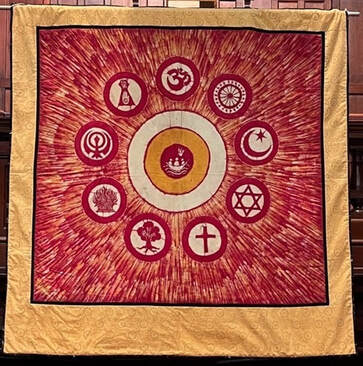
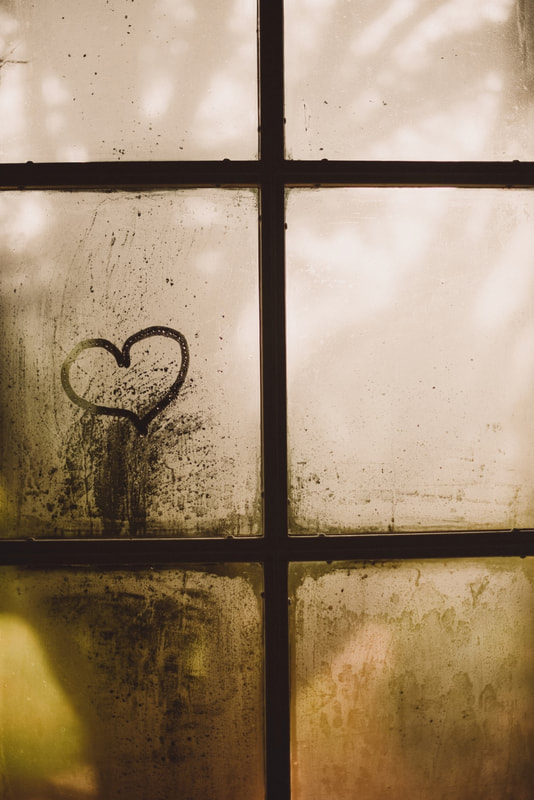
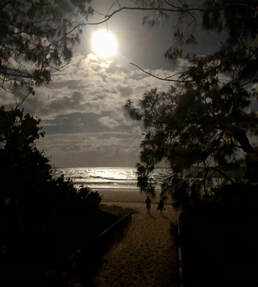
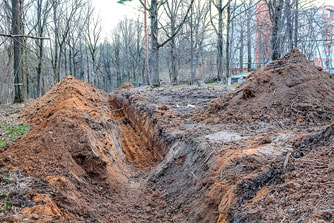

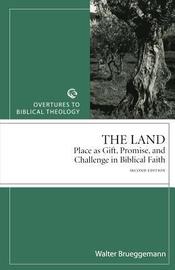
 RSS Feed
RSS Feed